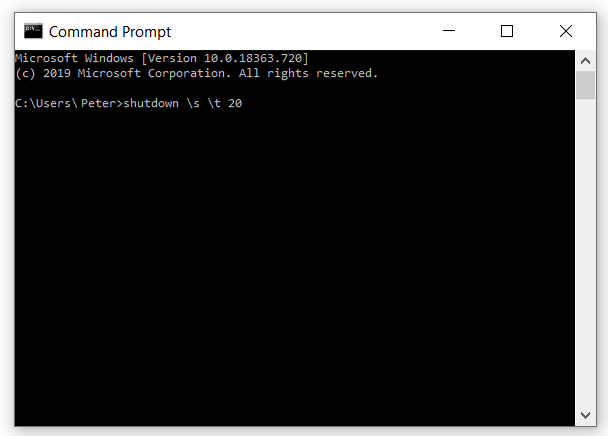
This cmdlet returns a ComputerChangeInfo object, if you specify the PassThru parameter. The ComputerName and NewName properties of objects to this cmdlet. This cmdlet does not have parameters that take input by value. Type:ĭefault, Basic, Negotiate, CredSSP, Digest, Kerberos This parameter was introduced in Windows PowerShell 3.0. If the remote computer is compromised, the credentials that are passed to it can be used to This mechanism increases the security risk of the remote operation. Require authentication on more than one resource, such as accessing a remote network share.

Rename-Computer -ComputerName "Srv01" -NewName "Server001" -DomainCredential Domain01\Admin01 -Force ParametersĬredential Security Service Provider (CredSSP) authentication, in which the userĬredentials are passed to a remote computer to be authenticated, is designed for commands that The Force parameter suppresses the confirmation prompt. The DomainCredential parameter specifies the credentials of a user who has permission to rename This command renames the Srv01 computer to Server001. Rename-Computer -NewName "Server044" -DomainCredential Domain01\Admin01 -Restart Example 2: Rename a remote computer This command renames the local computer to Server044 and then restarts it to make the changeĮffective. Examples Example 1: Rename the local computer This cmdlet was introduced in Windows PowerShell 3.0. The Rename-Computer cmdlet renames the local computer or a remote computer.

This cmdlet is only available on the Windows platform.


 0 kommentar(er)
0 kommentar(er)
